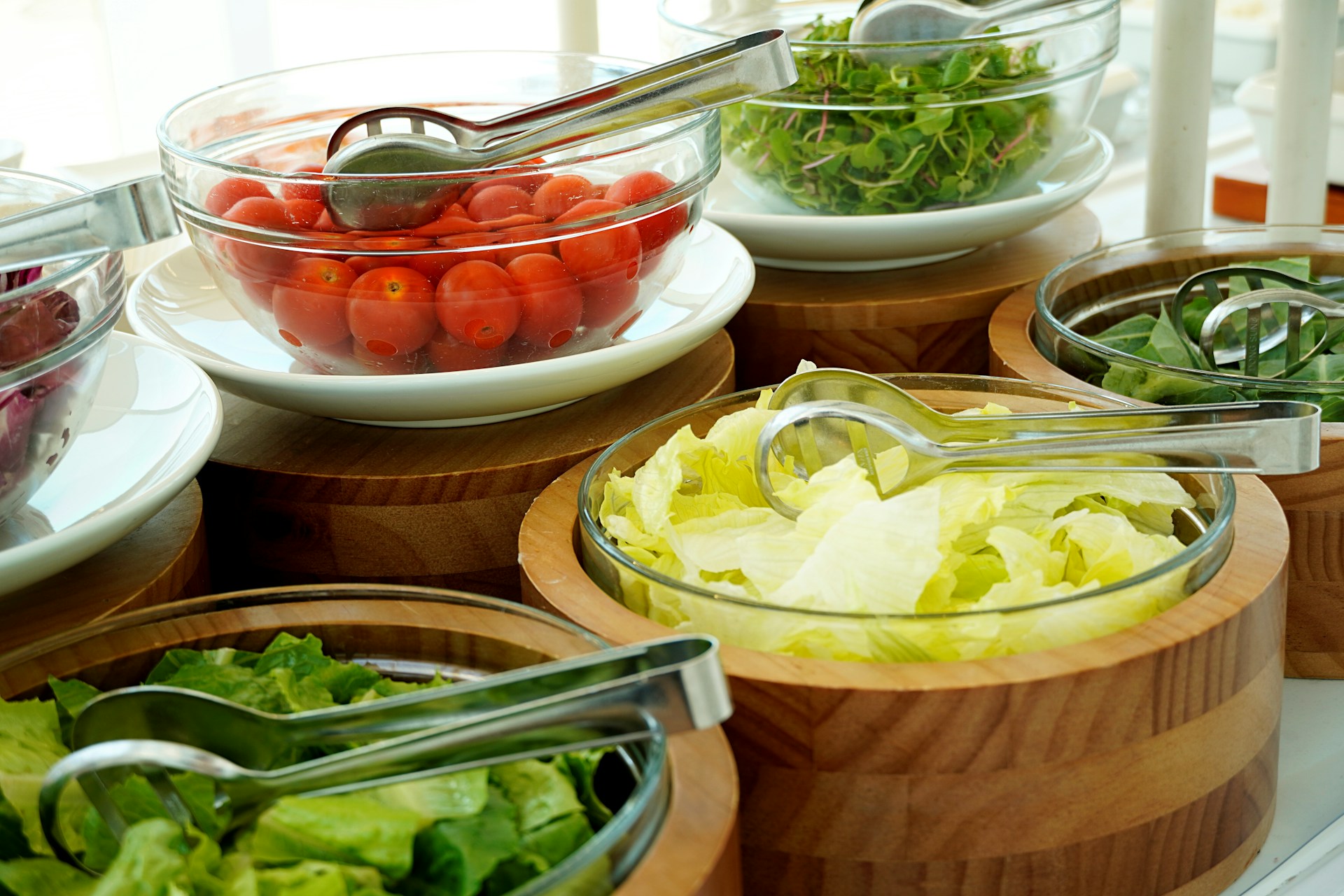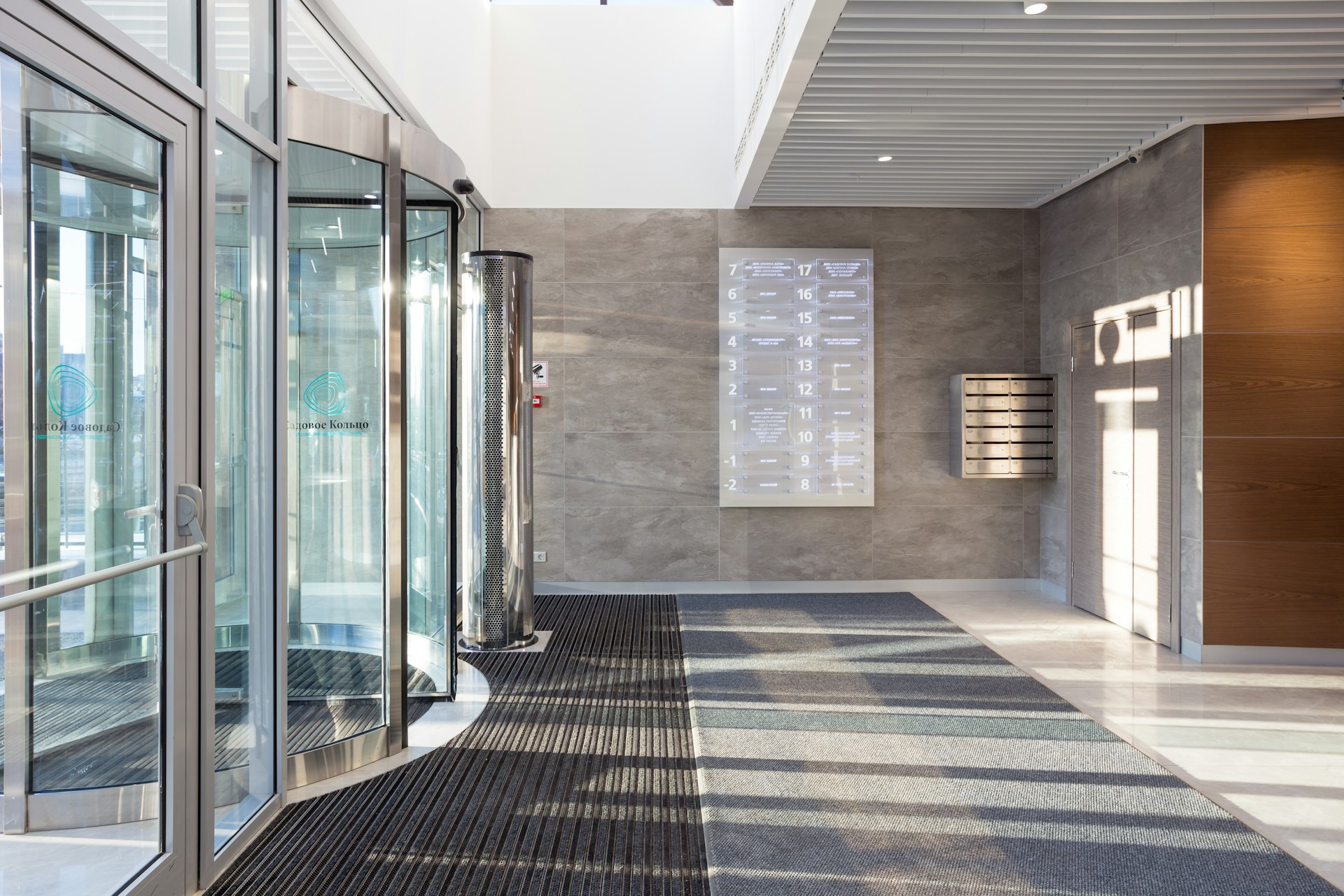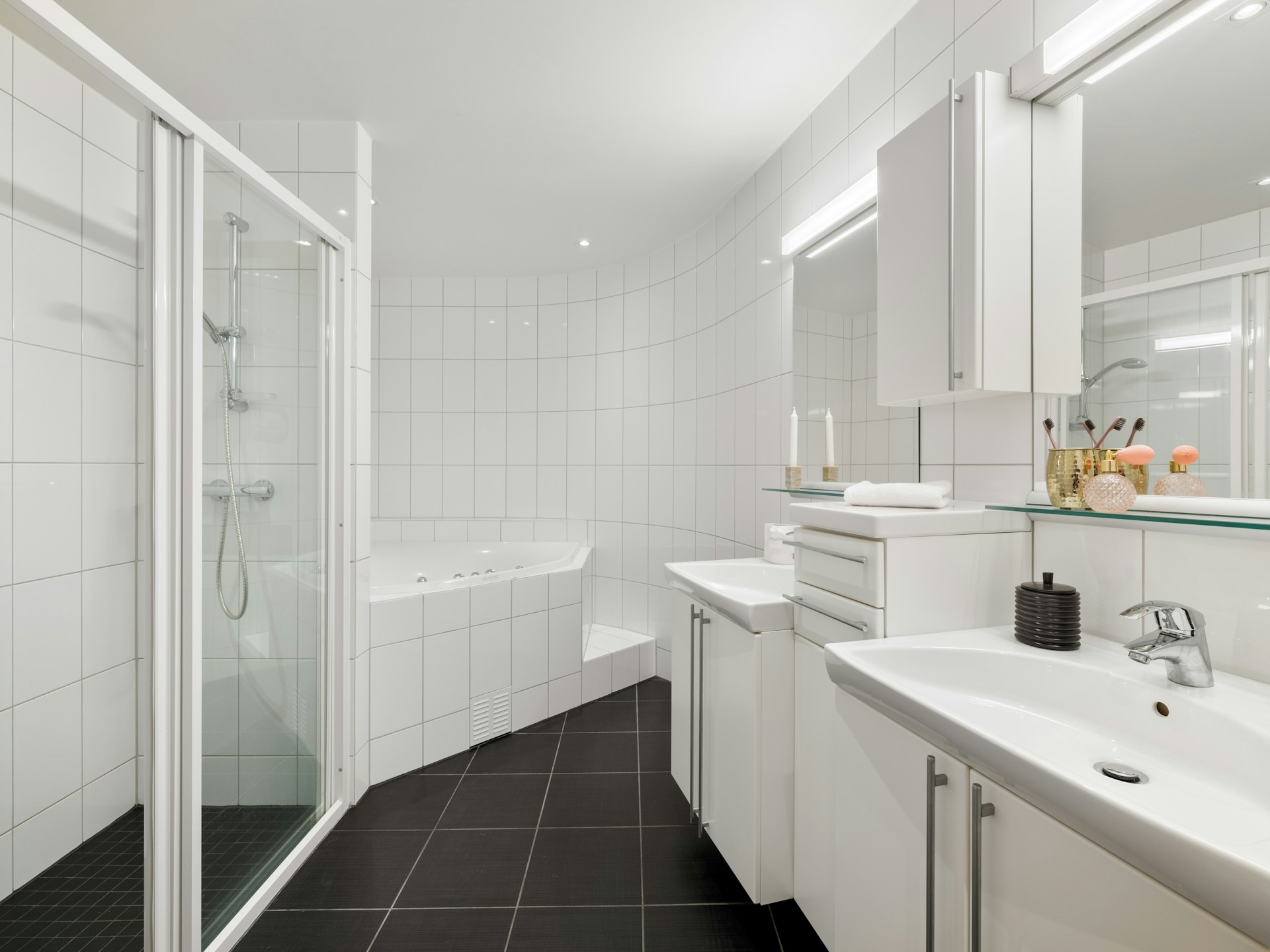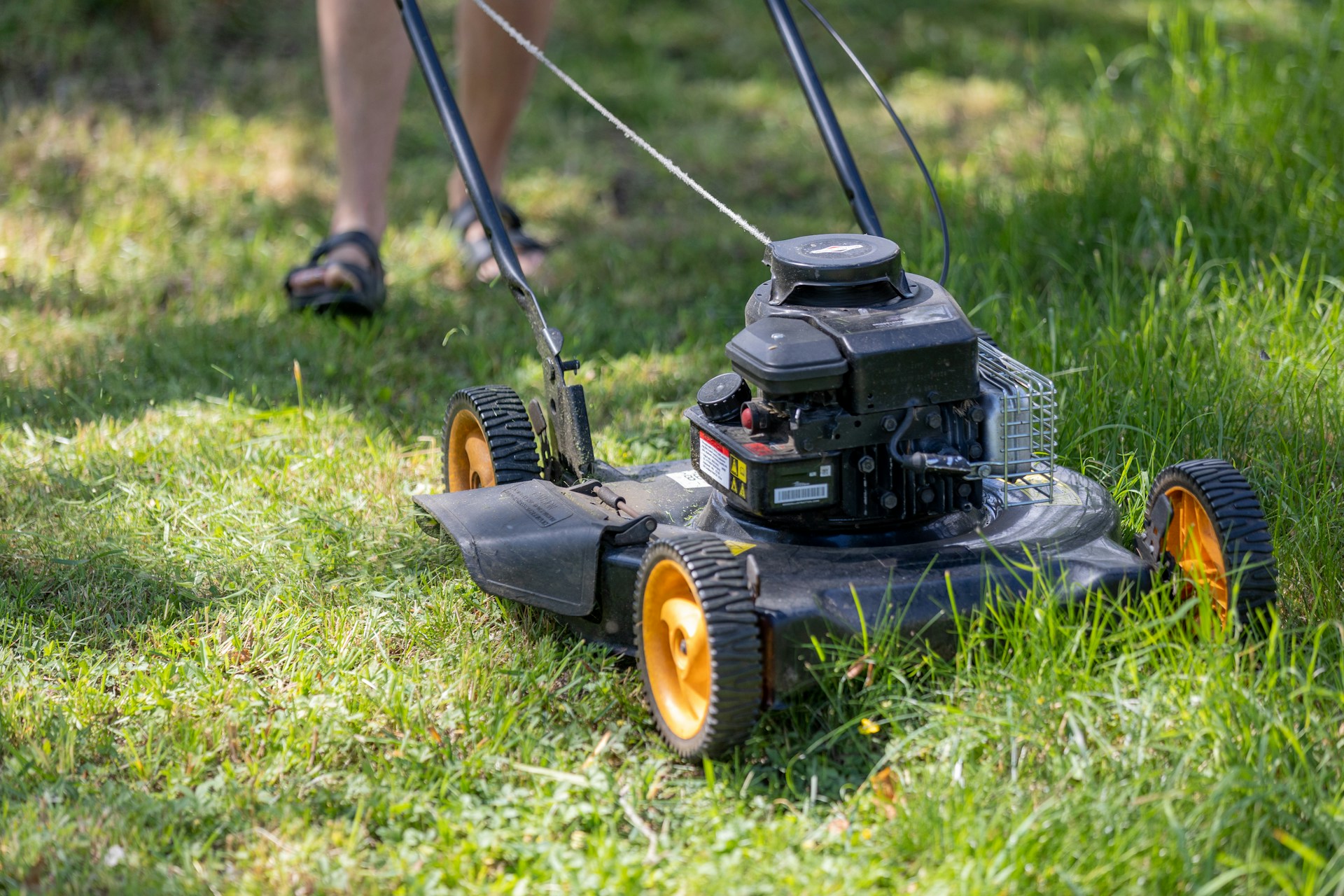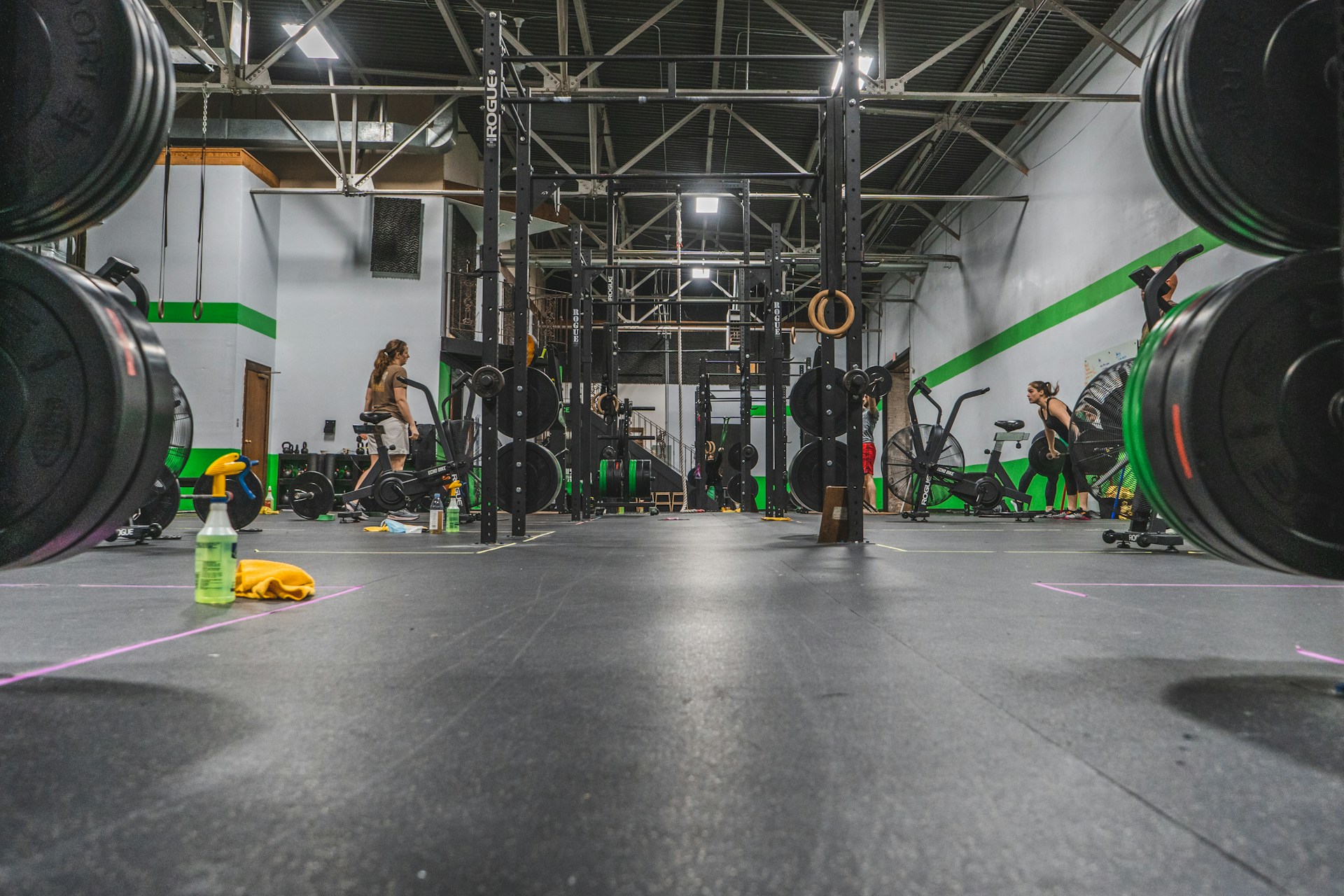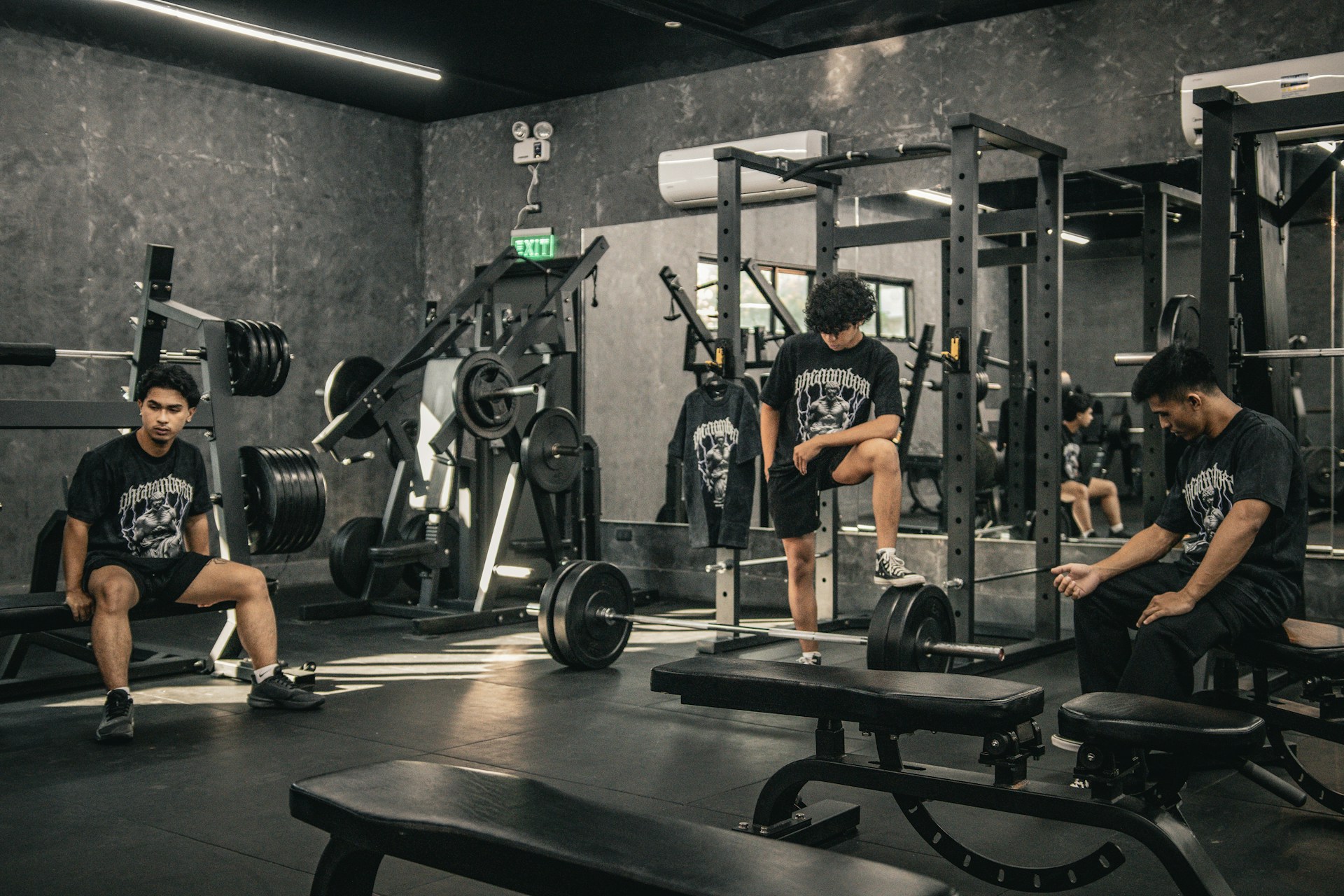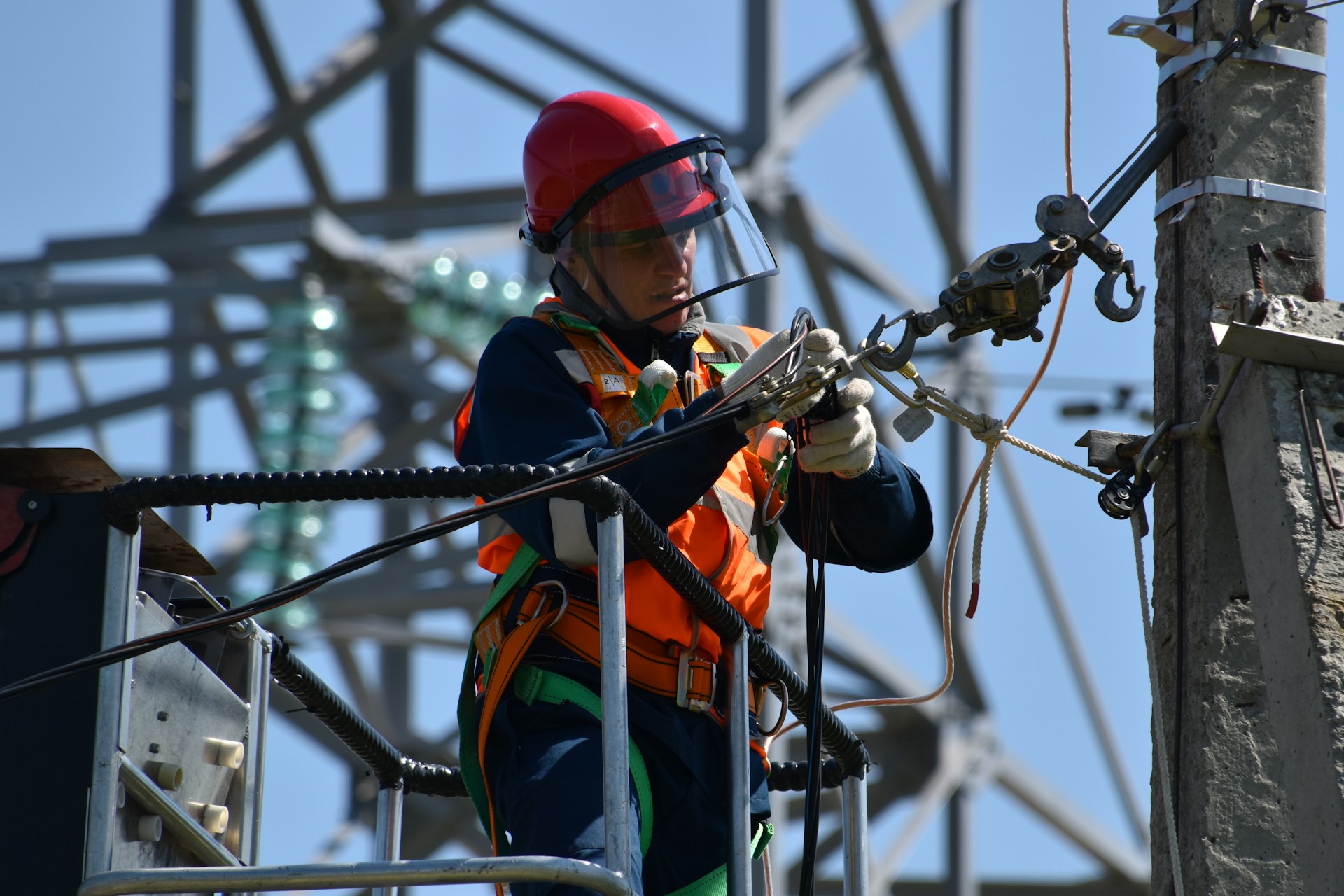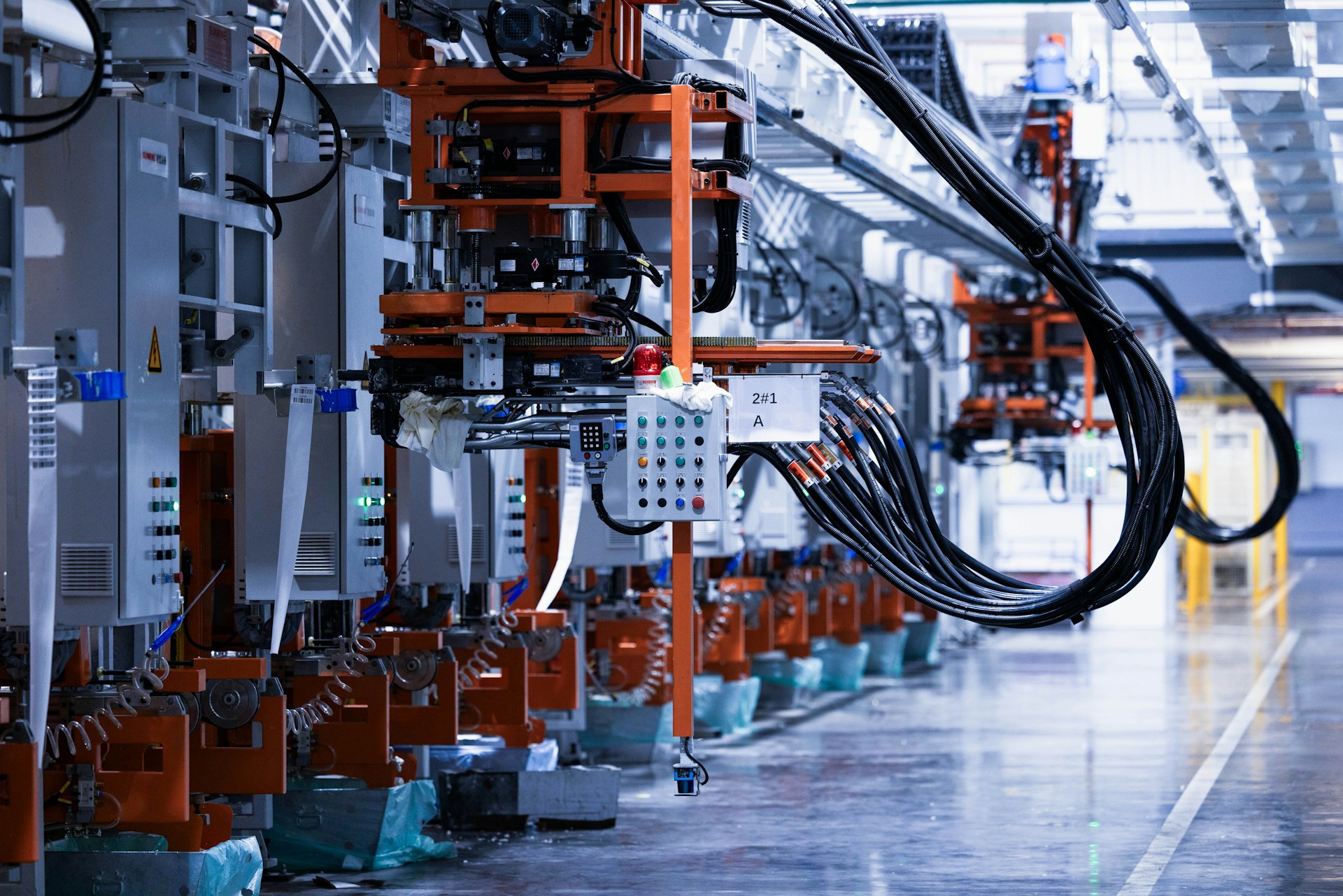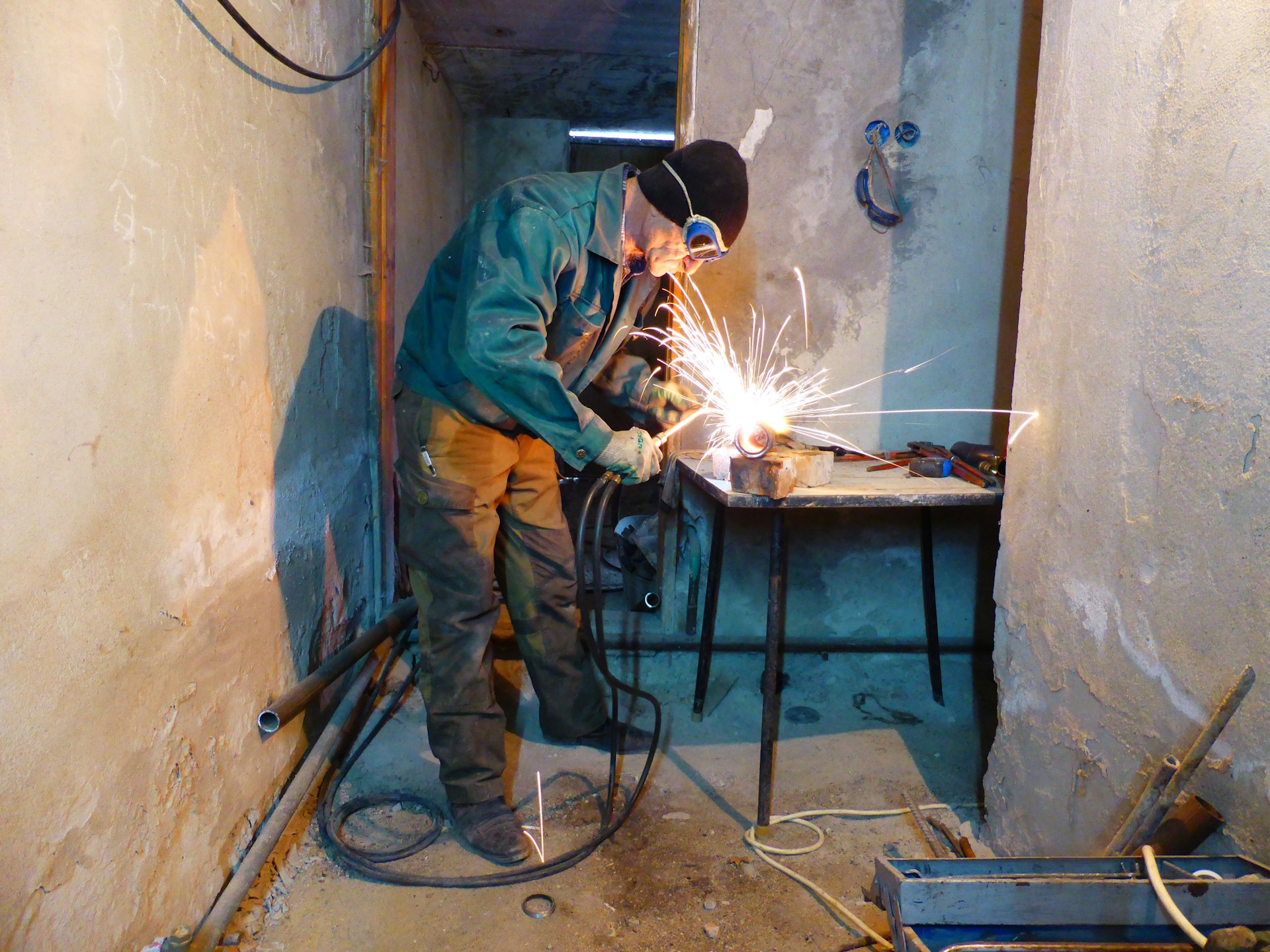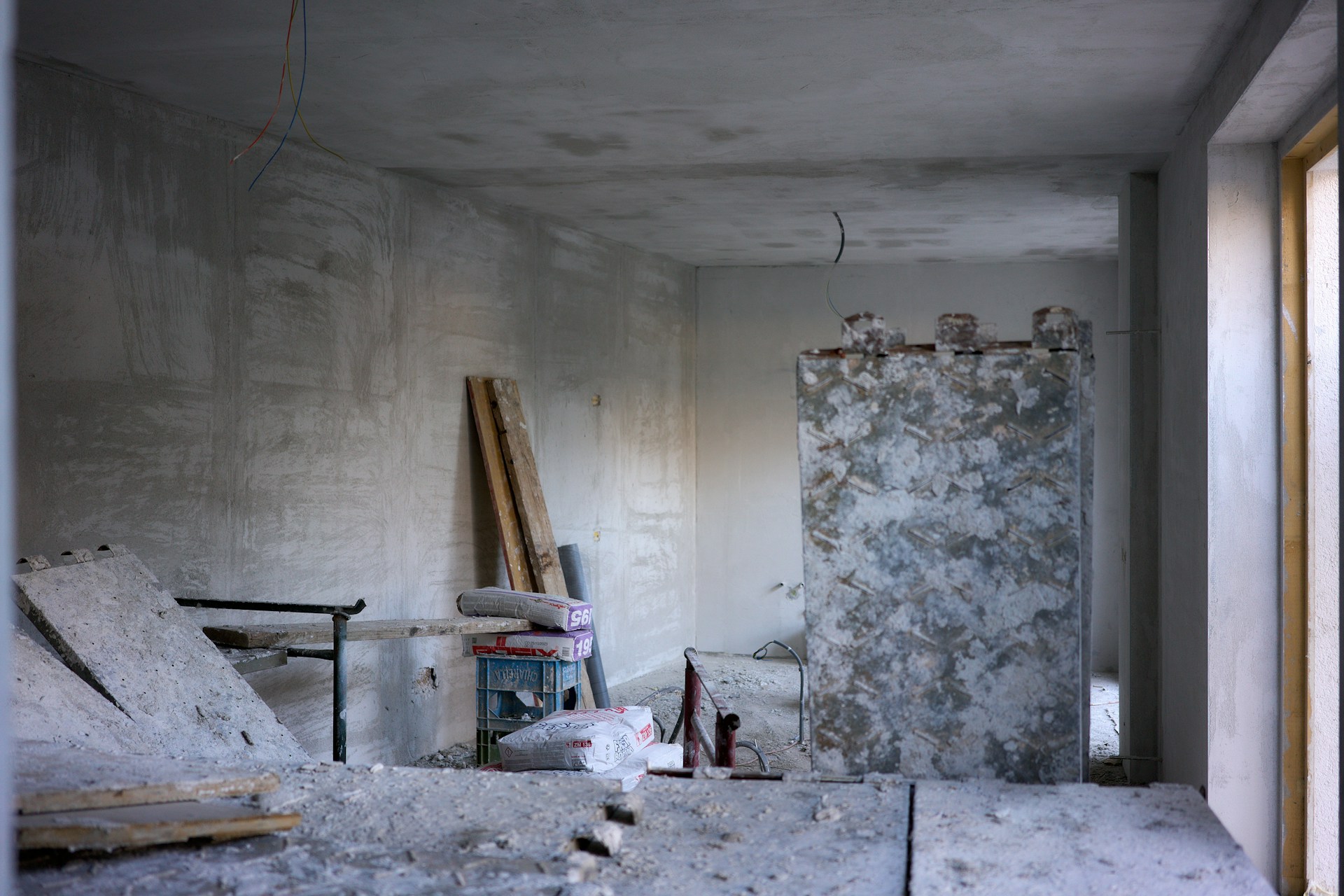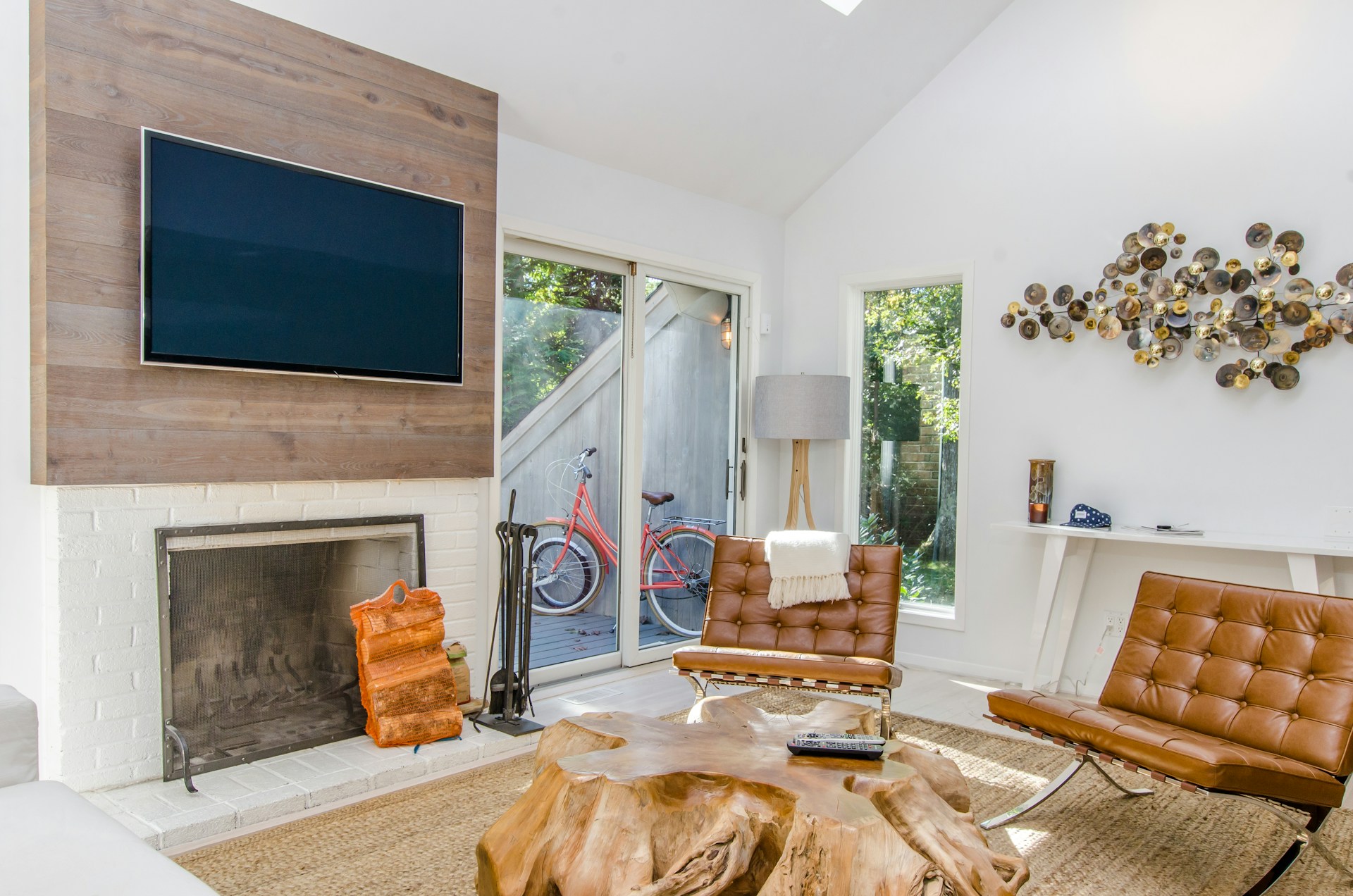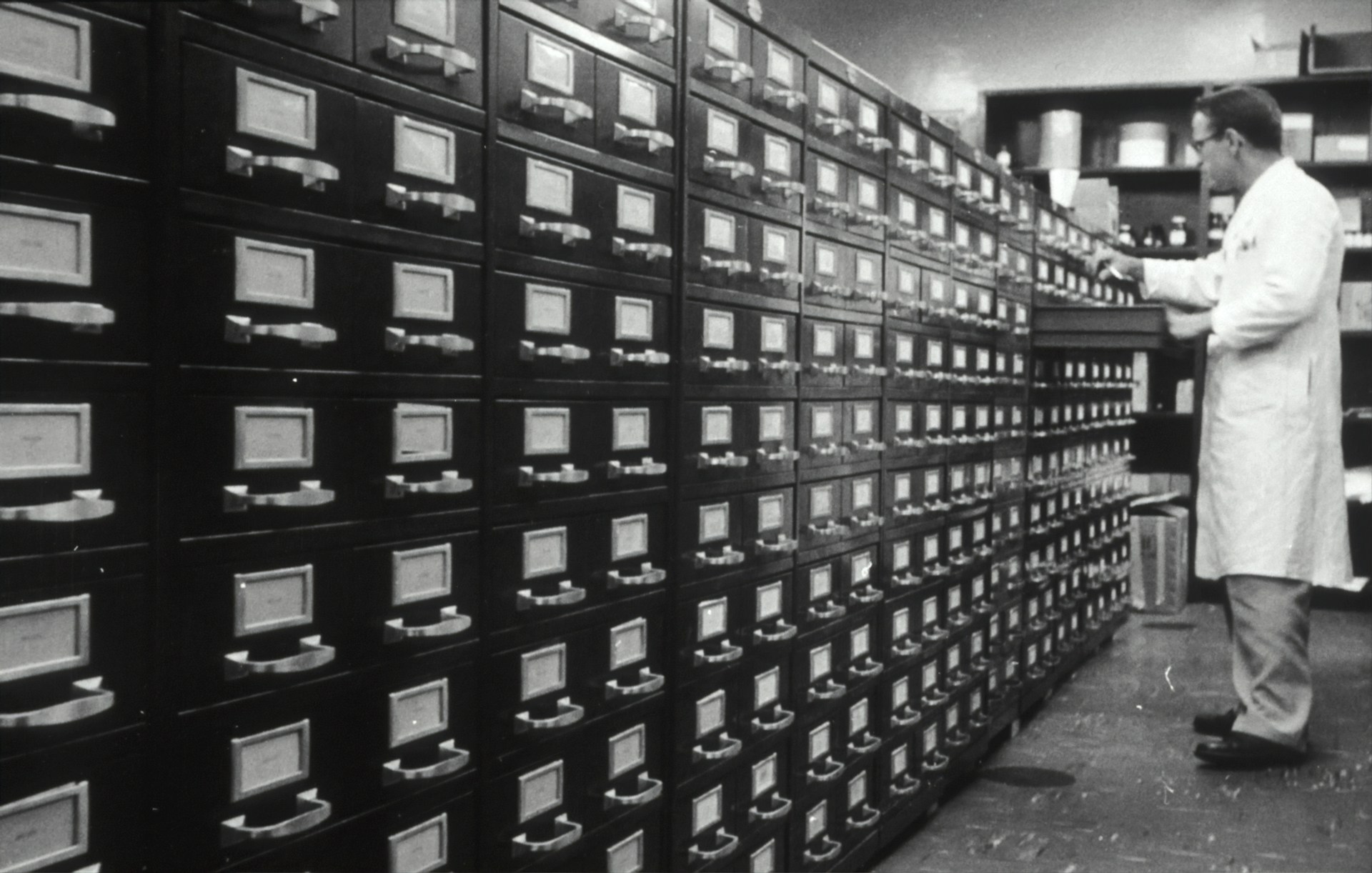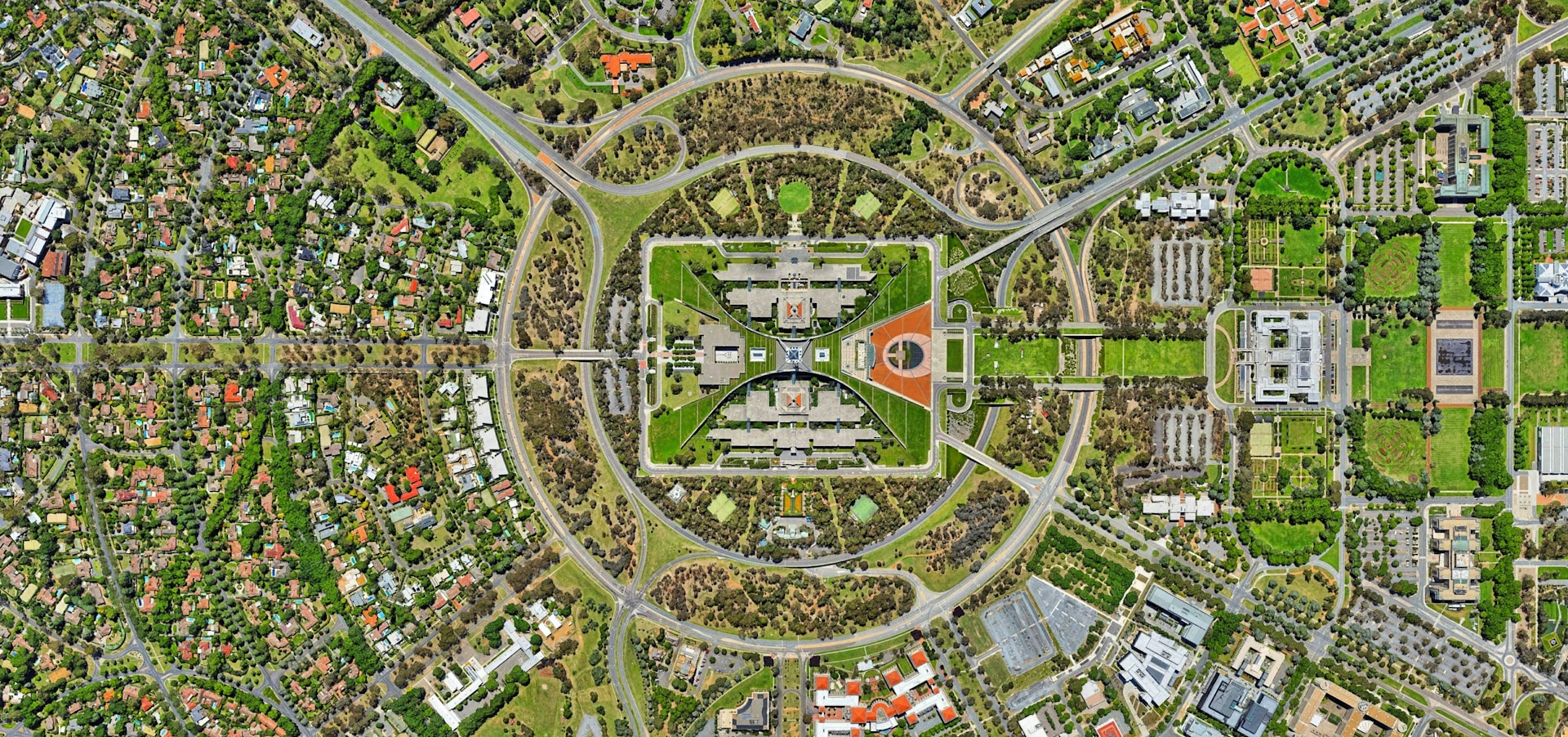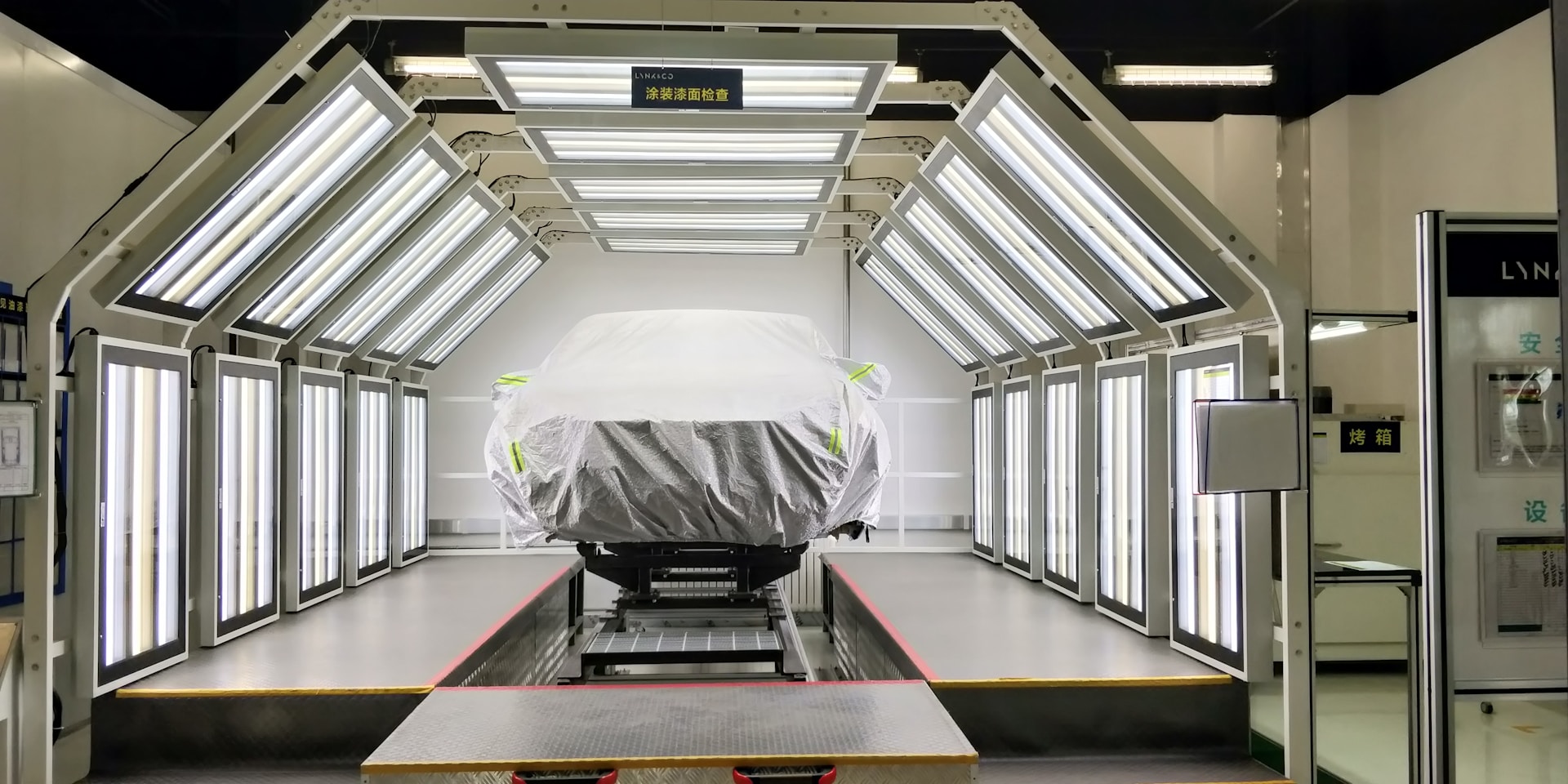
In today’s rapidly evolving technological landscape, advancements in HVAC systems have made it possible for both residential and commercial properties to achieve unprecedented levels of energy efficiency.
With the ever-increasing focus on sustainability and cost savings, upgrading your HVAC system is not just a smart investment, it’s a necessity. This comprehensive guide will walk you through the top HVAC system upgrades to consider and how they can significantly enhance efficiency.
This blog post will delve into various aspects of HVAC upgrades, and explore the benefits of smart thermostats and other innovative solutions.
Whether you are a homeowner looking to reduce energy bills or a business aiming to minimize environmental impact, these insights will help you make informed decisions to optimize your heating and cooling systems.
Smart Thermostats: The Brain of Your HVAC System
Smart thermostats have emerged as the central intelligence of modern HVAC systems, fundamentally transforming how to manage our indoor environments. These advanced devices offer a range of benefits that enhance both control and comfort:
- Adaptive Learning: Smart thermostats learn your schedule and preferences, automatically adjusting temperatures to ensure optimal comfort while reducing energy consumption.
- Real-Time Data: Models from leading brands such as Nest, Ecobee, and Honeywell provide real-time data and remote access through smartphone applications, putting sophisticated climate control at your fingertips.
- Energy Usage Insights: These devices offer detailed insights into your energy consumption patterns and provide suggestions for energy-saving adjustments. For instance, users receive alerts if the HVAC system is operating inefficiently, enabling prompt corrective actions.
- Cost Savings: According to the U.S. Department of Energy, homeowners can achieve up to 10% annual savings on heating and cooling costs by adjusting thermostats by 7-10 degrees Fahrenheit for eight hours daily. Smart thermostats automate these adjustments, ensuring consistent cost savings without compromising comfort.
Incorporating thermostats into your HVAC system not only optimizes performance but also contributes significantly to financial savings, making them an indispensable asset in modern residential and commercial settings.
High-Efficiency Units: The Backbone of Modern HVAC Systems
High-efficiency units represent a pivotal advancement in modern climate control systems, integrating cutting-edge technology and innovative features to optimize performance.
These units are designed with variable-speed compressors and fans that dynamically adjust output in response to real-time demand, significantly minimizing energy wastage and maximizing operational efficiency. The benefits of upgrading to high-efficiency HVAC units extend beyond immediate functionality:
- Advanced Technology: Equipped with state-of-the-art components, these units deliver superior heating and cooling performance while consuming less energy.
- Environmental Impact: Utilizing eco-friendly refrigerants and adhering to stringent energy standards, high-efficiency units contribute to a reduced carbon footprint, making them a sustainable choice for environmentally conscious consumers.
- Long-Term Savings: Although the initial investment may be higher, the substantial reduction in energy bills over time, coupled with available utility rebates and incentives, ensures that these units offer compelling financial advantages.
Embracing high-efficiency HVAC systems is not merely an upgrade; it is an investment in advanced technology, sustainability, and long-term economic cost savings.
Duct Sealing and Insulation: The Silent Efficiency Boosters
Proper duct sealing and insulation are often overlooked yet critically important aspects of HVAC system maintenance that can significantly enhance overall energy efficiency and performance.
Leaky ducts allow conditioned air to escape and unconditioned air to infiltrate, undermining the system’s effectiveness and increasing energy consumption. By employing professional duct sealing services, which utilize advanced materials and techniques, homeowners can ensure their ductwork is airtight. Here are the key benefits:
- Improved System Performance: Sealing leaks enhances the HVAC system’s efficiency, enabling it to maintain desired temperatures more effectively.
- Reduced Energy Consumption: Airtight ducts prevent energy loss, resulting in lower utility bills and a reduced carbon footprint.
- Consistent Temperatures: Proper insulation in ductwork, especially in unconditioned spaces like attics and basements, helps maintain uniform temperatures throughout the property.
- Enhanced Indoor Air Quality: Sealing and insulating ducts minimize the intrusion of dust, allergens, and pollutants, thereby fostering a healthier living environment.
By addressing these often-neglected areas, property owners not only boost their HVAC systems’ efficiency but also contribute to a more sustainable and healthy indoor environment.
Zoning Systems: Customized Comfort
Implementing zoning systems in your property elevates the standards of comfort and energy efficiency through tailored temperature control and advanced technological integration.
These systems segment your property into distinct zones, each equipped with its thermostat, enabling independent temperature regulation. This configuration provides several key benefits:
- Customized Comfort: By adjusting temperatures according to occupancy and usage, zoning systems ensure optimal comfort in every part of your property.
- Reduced Energy Waste: Targeted heating and cooling reduce unnecessary energy consumption by focusing efforts only where needed, notably lowering energy expenditures.
- Flexibility and Convenience: Modern zoning systems seamlessly integrate with smart thermostats, allowing you to control multiple zones from a unified interface. This feature supports effortless adjustment of settings and real-time monitoring of energy usage.
Incorporating zoning systems into your infrastructure not only enhances living conditions but also promotes sustainable energy practices, making them an indispensable element in modern property management.
Variable Refrigerant Flow (VRF) Systems: The Future of HVAC
Variable Refrigerant Flow (VRF) systems represent the future of HVAC technology, offering unparalleled precision and efficiency in climate control. These advanced systems utilize refrigerant as the primary medium for both cooling and heating, dynamically adjusting the flow to meet the exact requirements of each zone within a building.
By doing so, VRF systems ensure optimal temperature control and significantly enhance energy efficiency. Key advantages of VRF systems include:
- Precision and Efficiency: VRF systems provide precise temperature regulation, improving comfort levels while reducing energy consumption.
- Scalability: Suitable for a range of property sizes, VRF systems can be customized for single-family homes as well as multi-story commercial buildings.
- Cost-Effective Operation: Despite a higher initial investment, the operational savings due to energy efficiency and the possibility of phased installation make VRF systems a cost-effective solution in the long run.
In essence, VRF systems are not just an upgrade to traditional HVAC systems but a transformative approach that brings both immediate and long-term benefits to modern building management.
Energy Recovery Ventilators (ERVs): Enhancing Indoor Air Quality
Energy Recovery Ventilators (ERVs) are indispensable in modern building design, playing a pivotal role in enhancing indoor air quality, optimizing energy consumption, and promoting overall well-being.
By facilitating the exchange of stale indoor air with fresh outdoor air, ERVs ensure superior ventilation while leveraging their advanced heat and moisture transfer capabilities. This process, which effectively maintains indoor comfort, offers several benefits:
- Improved Indoor Air Quality: ERVs ensure a constant supply of fresh air, significantly reducing indoor contaminants and contributing to a healthier living environment, an essential feature for properties in areas with poor outdoor air quality or for occupants with respiratory conditions.
- Energy Efficiency: By preconditioning incoming air, ERVs alleviate the load on HVAC systems, resulting in notable energy savings. This not only reduces the operational costs but also augments the efficiency and longevity of your HVAC units.
- Enhanced Comfort: The ability of ERVs to balance humidity levels and temperature ensures that indoor spaces remain comfortable, regardless of external weather conditions.
Incorporating ERVs into your building infrastructure represents a strategic investment in sustainability, energy efficiency, and occupant health, positioning your property at the forefront of innovative environmental design.
Conclusion
Upgrading your HVAC system is an investment in the future, one that promises enhanced energy efficiency, significant cost savings, and a reduced environmental impact.
From smart thermostats and High-efficiency units to advanced technologies like VRF systems and ERVs, there are numerous options available to optimize your heating and cooling systems.
By staying informed about the latest advancements and understanding how they can benefit your specific needs, you can make strategic decisions that will improve your property’s comfort and performance.
Take the first step towards a more energy-efficient future by exploring these HVAC upgrades and integrating them into your home or business. To learn more about how you can enhance your HVAC system, reach out to industry experts and start your journey towards sustainable living today.







